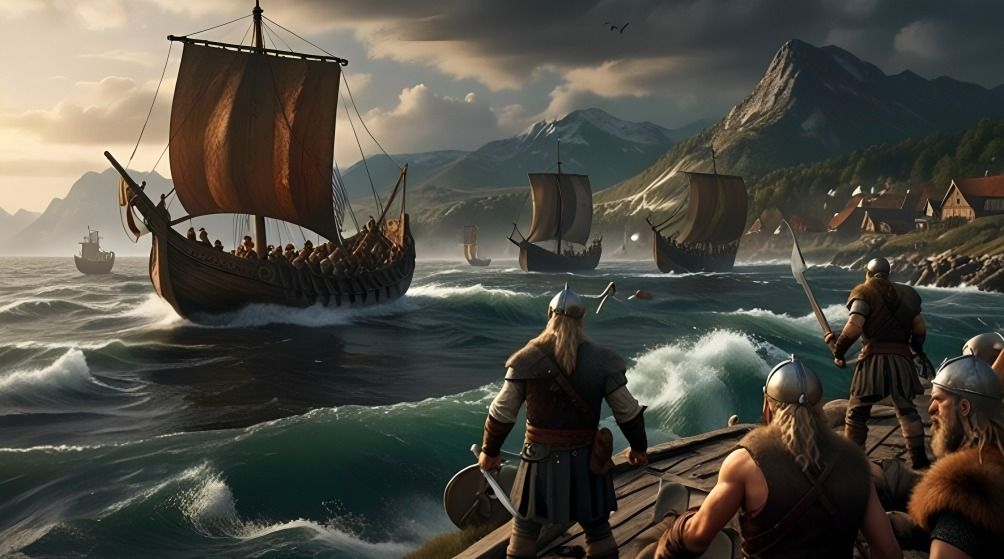
“
The Vikings in the Early Middle Ages were a remarkable group of seafaring warriors, traders, and explorers from Scandinavia. From around the late 8th century to the 11th century, they embarked on daring voyages across Europe, leaving a profound impact on the continent’s history and culture. Known for their longships, which enabled them to navigate both open seas and shallow rivers, the Vikings engaged in trade, exploration, and conquest. Their encounters with various civilizations led to cultural exchanges, the establishment of settlements, and the spread of Norse mythology. While often remembered for their raids, the Vikings were also skilled artisans, farmers, and traders. This blog will explore 20 fascinating facts about the Vikings in the Early Middle Ages, shedding light on their complex and dynamic society.1
”
The Vikings, originating from Scandinavia, were skilled seafarers known for their advanced shipbuilding techniques, allowing them to explore, trade, and raid across vast distances.1
Viking longships were marvels of engineering, featuring shallow drafts and sleek designs, enabling swift navigation in rivers and coastal waters, crucial for their raids and expeditions.2
During the late 8th to early 11th centuries, the Viking Age marked an era of exploration, trade, and conquest, significantly impacting Europe’s cultural and political landscape.3
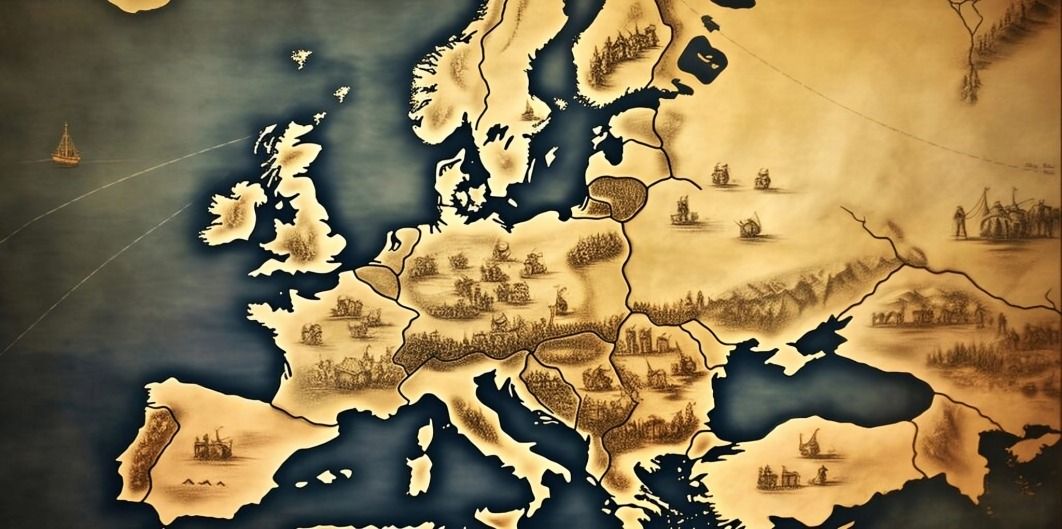
The Vikings established extensive trade routes that stretched from North America to the Middle East. They exchanged valuable goods such as furs, amber, and iron for silver, silk, and spices.
One of the most famous Viking raids occurred at Lindisfarne in 793, marking the beginning of the Viking Age. This event instilled deep fear in monasteries throughout Europe and highlighted Viking ferocity.4
Vikings were not just fierce warriors; they were also skilled settlers. They established thriving communities in regions such as England, Ireland, and France, significantly influencing local cultures and languages in those areas.5
Scandinavian sagas, epic tales of heroism and adventure, provide valuable insights into Viking beliefs, social structures, and their interactions with other cultures during the Middle Ages.6
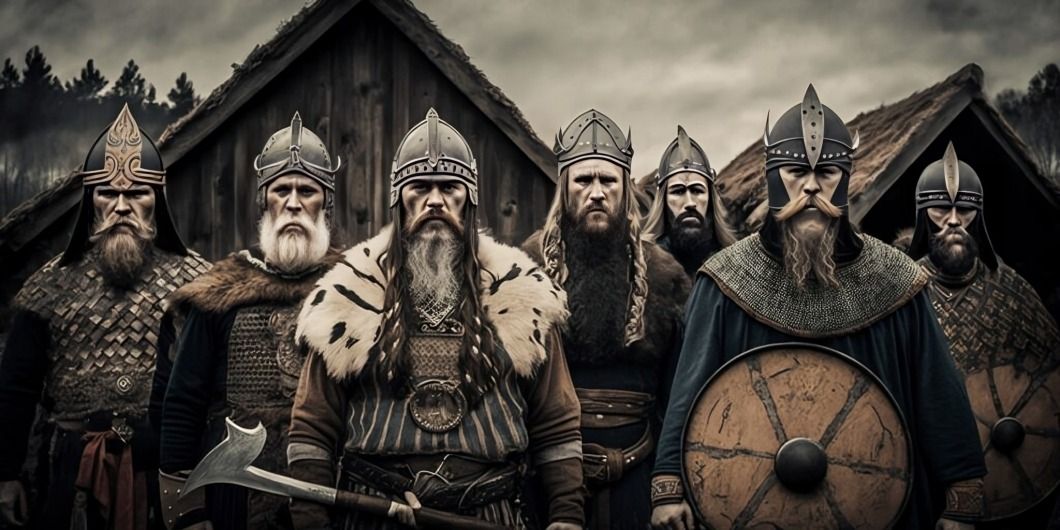
The Viking society was organized into three distinct classes: jarls (nobles), karls (freemen), and thralls (slaves). Each class played vital roles in the community’s social structure and economic activities.
Vikings practiced a rich polytheistic religion, fervently worshipping gods like Odin, Thor, and Freyja. Their mythology was filled with captivating tales of creation, heroic deeds, and the rewarding afterlife in Valhalla.7
Vikings were skilled craftsmen, known for their intricate metalwork, wood carvings, and textiles. Their artistry showcased a blend of practicality and beauty in everyday objects.8
The Vikings used runes, an ancient writing system, to inscribe messages on stones, wood, and metal, conveying important information and marking territory or memorials.9
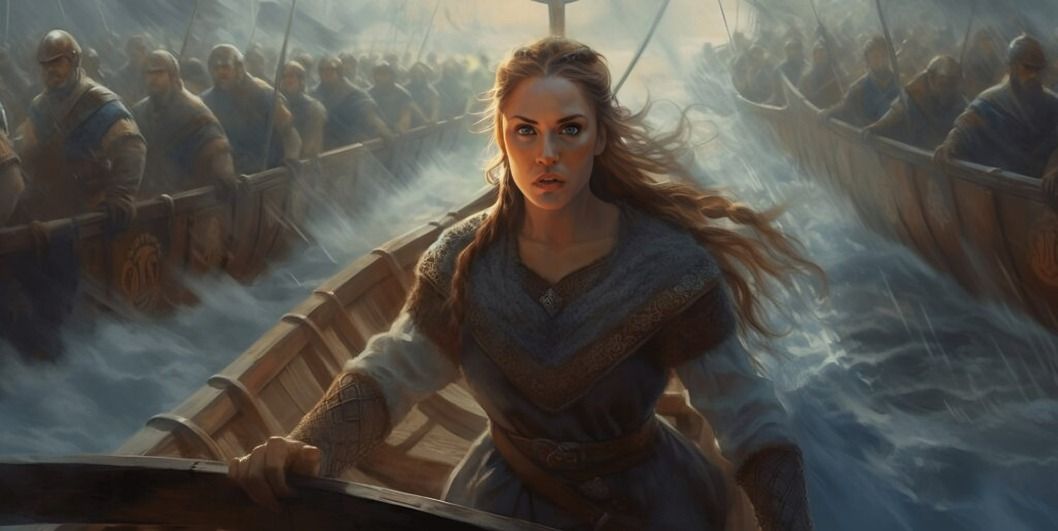
Viking women enjoyed relatively high status compared to their contemporaries, managing households, owning property, and sometimes participating in raids or trades, showcasing their resilience and independence.
The Norse exploration of North America around 1000 CE led to the establishment of Vinland, likely in modern-day Newfoundland, showcasing their adventurous spirit and navigational skills.10
The Viking Age ended around 1100 CE as Christianity spread throughout Scandinavia, leading to cultural changes that gradually transformed Viking society and diminished their pagan practices.11
The famous Norse explorer Leif Erikson is often credited with being the first European to reach North America, long before Columbus, expanding the Viking legacy of exploration.12
The Vikings established the Danelaw in England, a region under Danish law, leading to significant cultural exchanges and intermarriage with Anglo-Saxon populations, blending traditions and customs.13
Vikings developed advanced agricultural techniques, utilizing crop rotation and animal husbandry, allowing them to sustain their growing populations and support larger communities throughout the region.14
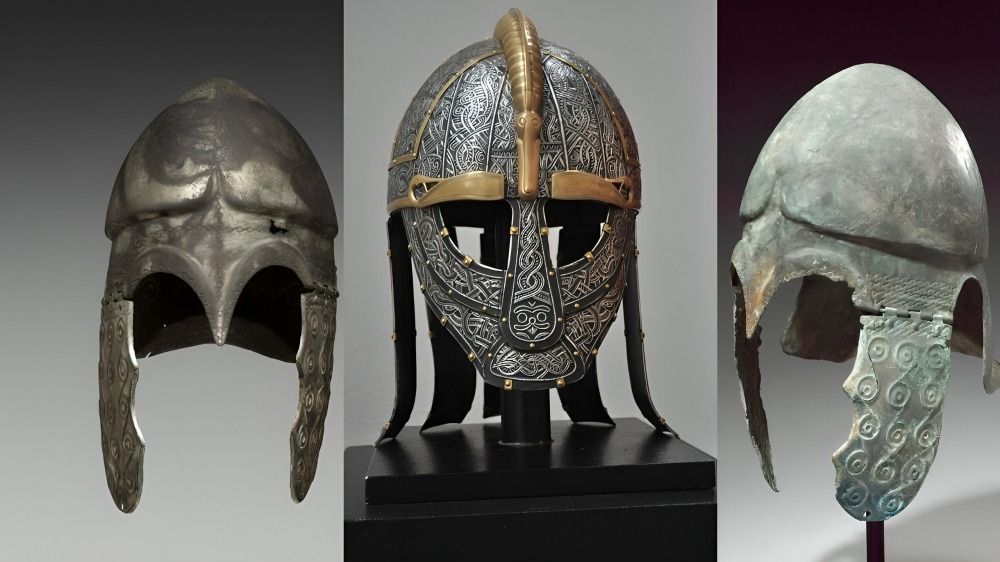
The iconic Viking helmet, often depicted with horns, is largely a myth; real Viking helmets were practical, crafted from iron, and designed for protection in battle.
Viking sagas highlight their maritime skills and adventures, reflecting a society that valued bravery, loyalty, and exploration, leaving a lasting legacy on European history and culture.15
Viking influence can be seen today in place names, language, and cultural practices across Northern Europe, demonstrating their significant contributions to the development of modern societies.16


